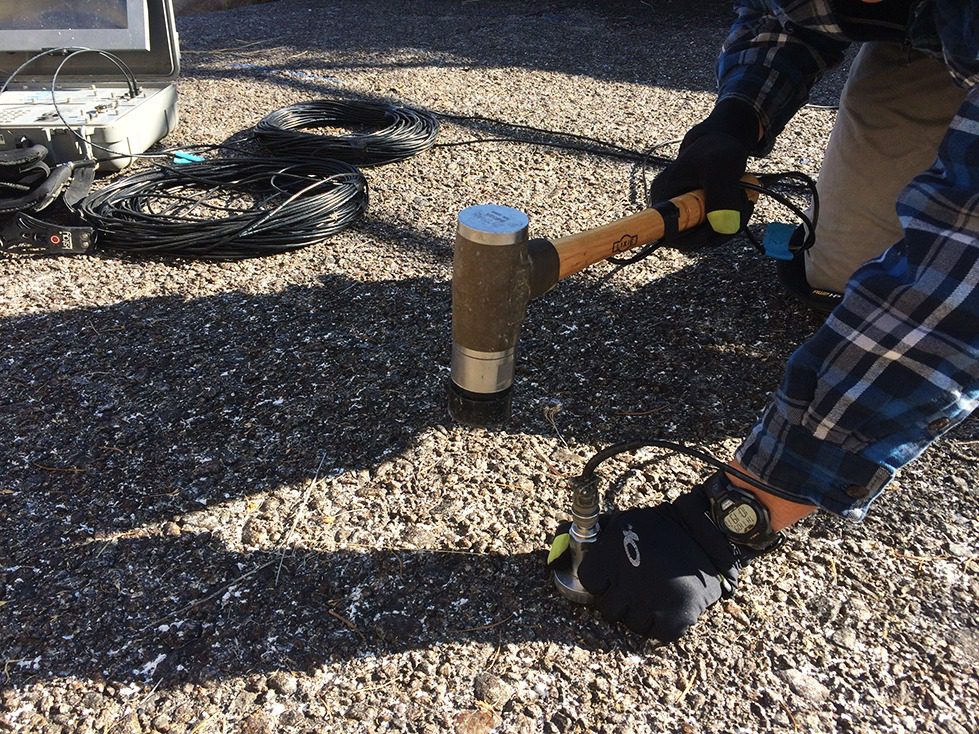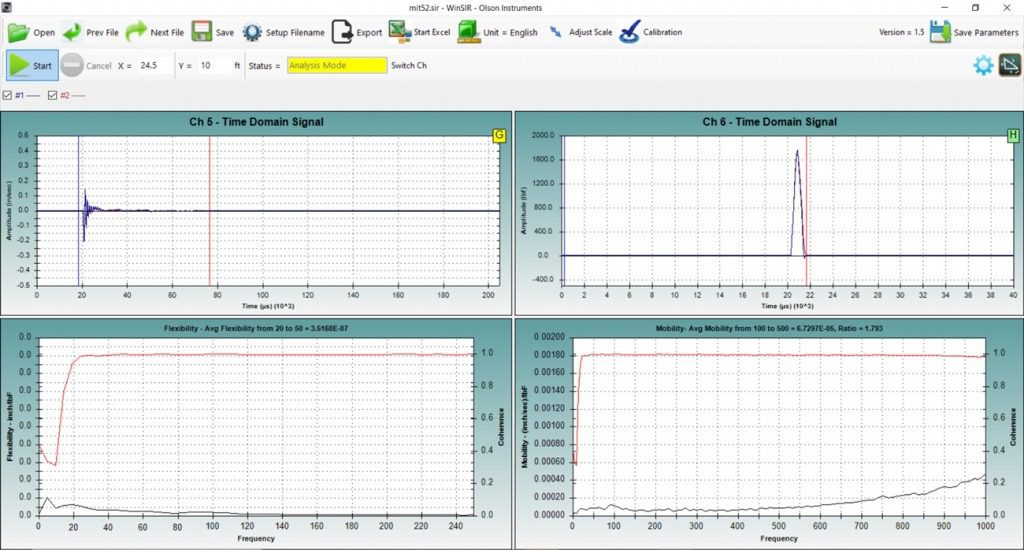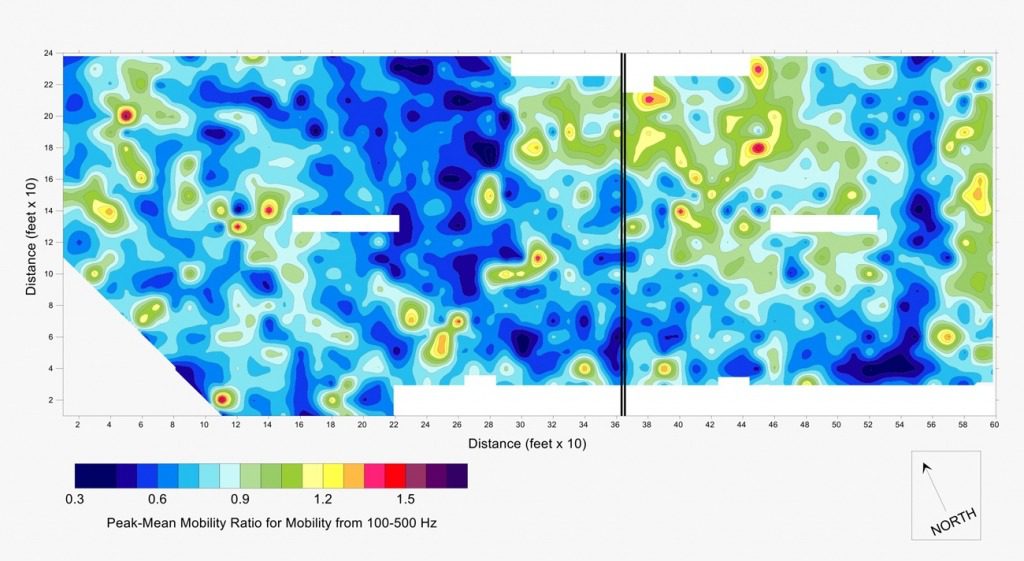Slab Impulse Response
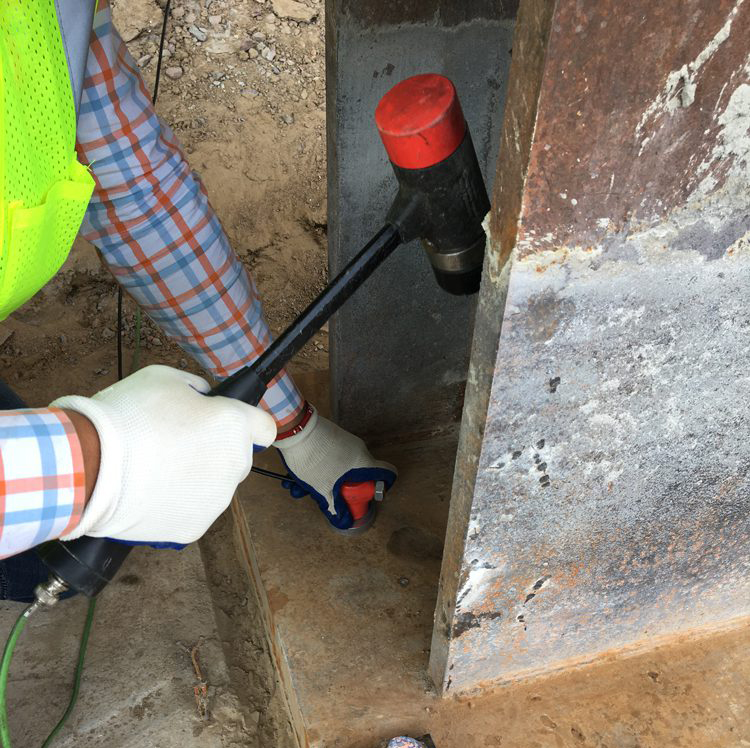
The Slab Impulse Response (SIR) method is used primarily to identify and map subgrade voids below slabs-on-grade.
- Fast, one-sided testing
- Most effective on thinner slabs (less than 12 inches thick)
- Limited to slab thicknesses of less than 20 to 24 inches
SIR can be used to:
- Evaluate the support conditions before and after repairs of slab subgrade
- Look for low-stiffness areas associated with hidden damage (honeycomb, void, or cracking) for general assessment of concrete structures
- Subgrade void detection and mapping, in conjunction with Ground Penetrating Radar
Applicable on:
- Concrete Structures
- Reinforced and Nonreinforced Concrete Slabs
- Pavements
- Runways
- Spillways
- Asphalt or
Asphalt-Overlay Slabs - Pond and Pool Bottoms
- Tunnel Liners
Test for:
- Subgrade Void Detection
- Evaluating Repair of Slab Subgrade Support up to 2 Feet Thick
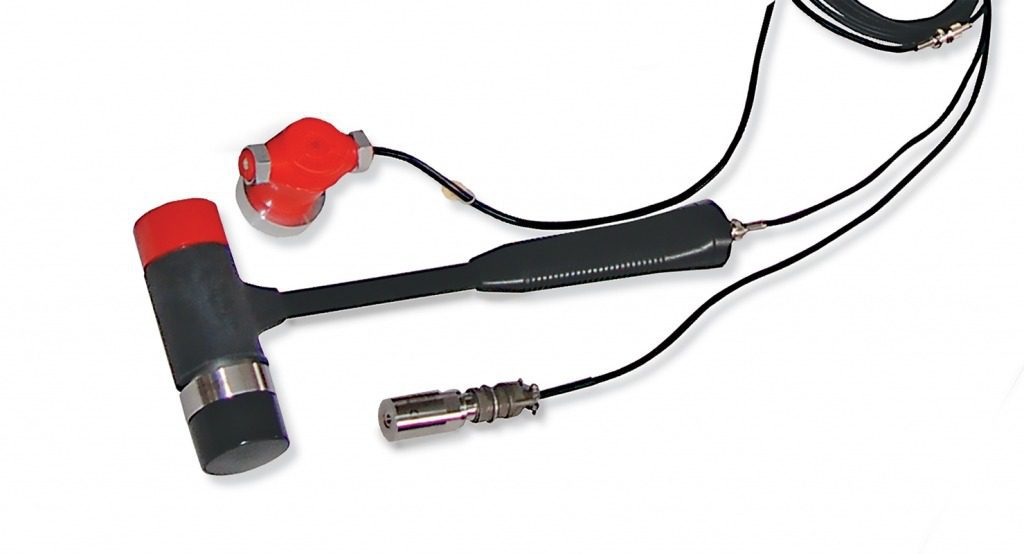
The SIR System
The Slab Impulse Response method is excellent for evaluating the condition of slab subgrade support.
- Diagnose Defects
- Identify and map subgrade voids below slabs-on-grade
- Evaluate
- General condition evaluation of structural elements
- Combine Methods
- This method is often used in conjunction with GPR
- Variety of Applications
- Test on concrete slabs, pavements, runways, spillways, pond and pool bottoms, and tunnel liners
- Comparison
- Evaluate the repair of slab subgrade support conditions by comparing the support conditions before and after repairs

Image Gallery

All Methods

